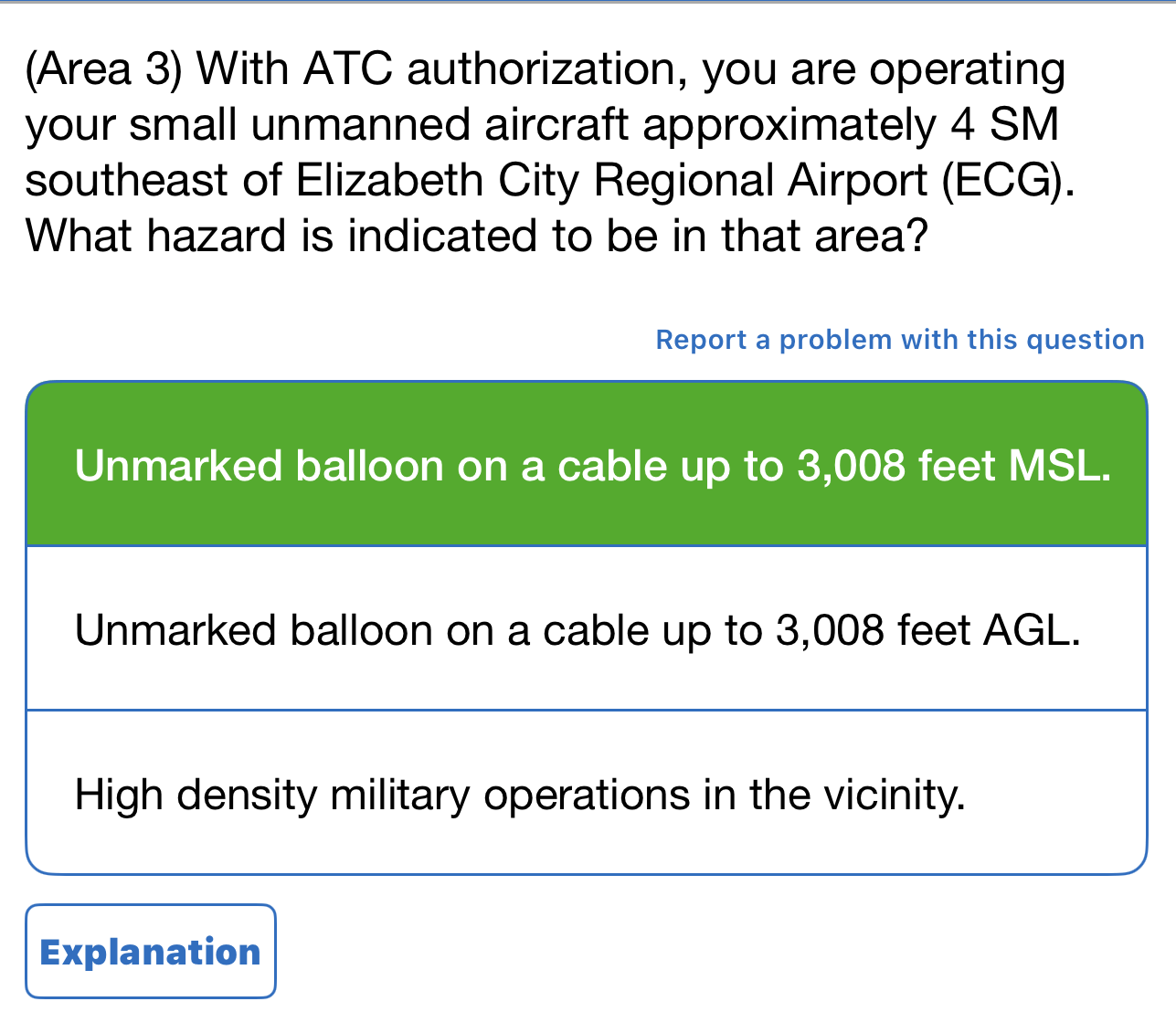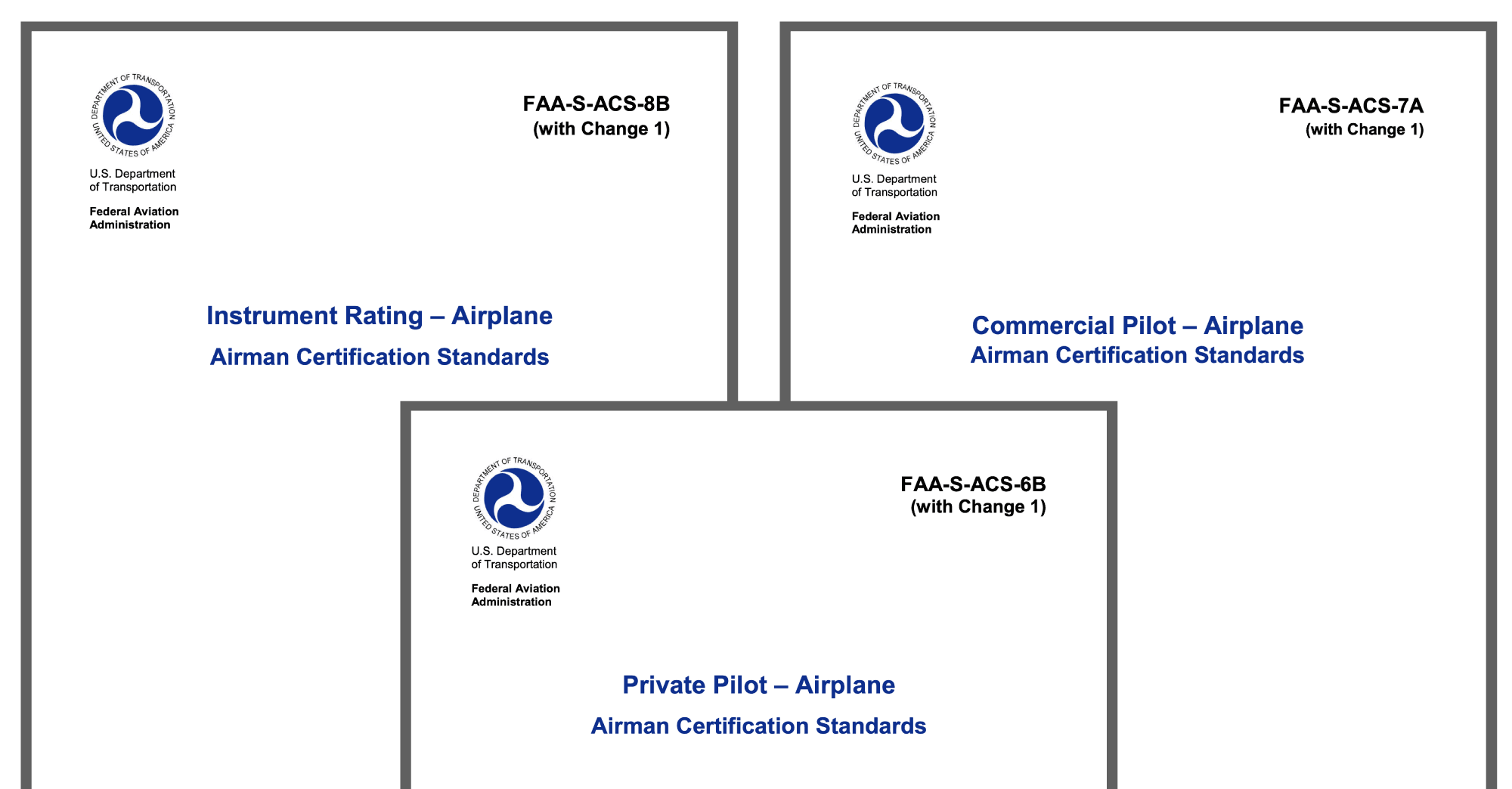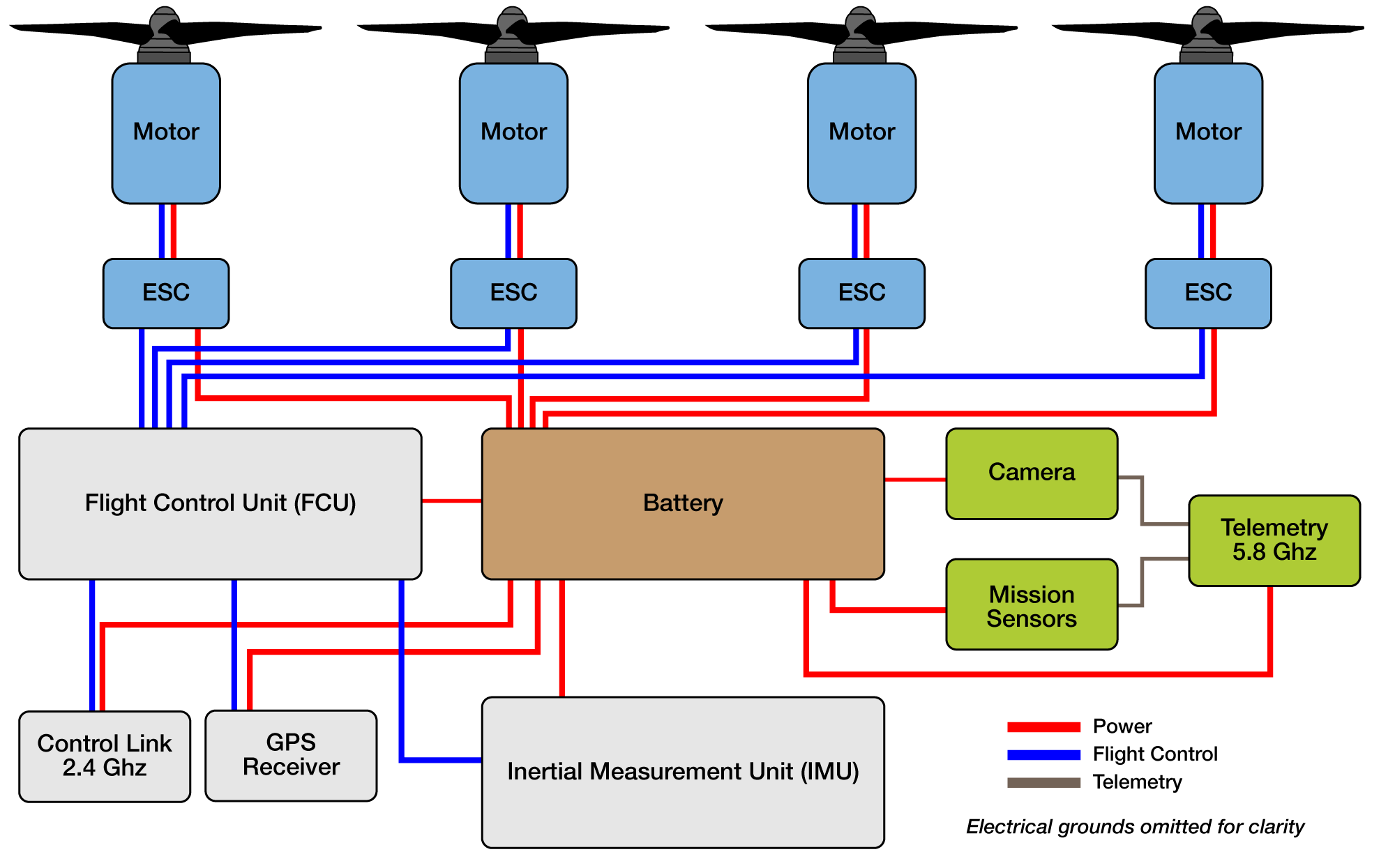
Most Frequently Missed Questions on the FAA Remote Pilot Exam
One of the benefits of using our course to train for FAA remote pilot certification is that we use machine learning and analytics to evaluate the effectiveness of our training, and adjust our lessons and answer explanations accordingly.
One metric that we use is student performance during quizzes and exams. Since we began training pilots for the FAA Remote Pilot exam, we've recorded over 10 million answer responses, which we've analyzed to determine which questions are the most difficult. These are the FAA questions that give test takers the most trouble, along with a discussion of what makes the question so difficult. By understanding what trips students up, you will be better prepared for the FAA drone exam. Start a free trial today, and join thousands of drone pilots who relied on FlightReady to ace the FAA exam.
Last year you registered your quadcopter with the FAA in accordance with Part 48. Under Part 48, you must notify the FAA Aircraft Registration Branch of a change in address within
A) 30 days.
B) 14 days.
C) 7 days.
This is the most-often missed question, with a success rate of 38% across all students. The correct answer is B) 14 days, but students usually pick A) 30 days because they confuse two separate notification requirements that apply following an address change:
- If you registered a drone, you must notify the FAA Aircraft Registration Branch within 14 days following an address change - FAR 48.105
- If you hold a remote pilot certificate, you must notify the FAA Airmen Certification Branch within 30 days following an address change - FAR 107.77
It is important to read the question carefully and first determine whether it is asking about drone registration or the remote pilot certificate. Then apply the correct rule.
Document |
Notify |
Time Period |
Regulation |
Drone Registration |
FAA Aircraft Registration Branch |
Within 14 days |
48.105 |
Pilot Certificate |
FAA Airmen Registration Branch |
Within 30 days |
107.77 |
When does a remote pilot certificate expire?
A) Every 24 calendar months
B) Never
C) Every 12 calendar months
This question is answered correctly in 4 out of 10 attempts. The correct answer is B) Never, but students usually pick A) Every 24 calendar months. There are several reasons for this.
First, the answer choice "Never" just seems wrong. Answer choices with numerical values always sound more correct because they appear precise. Do not be lured by an answer that appears correct by virtue of it sounding official or precise. Always justify your answer choice with facts or a regulation. In this case there is not
Another reason students answer this question in correct is confusion with other regulations. Part 107 contains several time limits that are stated in days or months, and one of them is the requirement to have taken a recurrent exam in the past 24 months. Most students are very familiar with this requirement, having researched drone licensing before taking the course. To avoid falling into this trap:
- Know the regulations inside and out, particularly those that state numerical values like "400 feet" and "24 calendar months," and make sure you understand it. Most students focus on memorizing, but never reach the level of understanding and correlation.
- Take lots of simulated exams. Our courses include an unlimited number of mock exams and track your mastery of the question bank so that you know when you are ready for the FAA exam.
The third reason students get this question wrong is that they think that the failure to take the recurrent exam means the license expires. This is incorrect. The only effect of not having taken the FAA exam within the past 24 months is that you cannot operate a drone. You license remains valid, and you can begin operating a drone again once you pass the exam. Think of the recurrent drone exam as continuing education.
When is the operation of a small UA in the vicinity of airports prohibited?
A) When the UA is not equipped with anti-collision lighting.
B) When the operator of the UA has not obtained permission from the controlling agency.
C) When it interferes with the traffic pattern of aircraft.
The correct answer is C) When it interferes with the traffic pattern of aircraft., but most students pick B) When the operator of the UA has not obtained permission from the controlling agency..
Flying near an airport without permission feels wrong. However, Part 107 does not prohibit operating near an airport, nor does it require the pilot to obtain permission unless the airport is within controlled airspace. FAR 107.41. The only limitation is that the drone not interfere with manned aircraft. FAR 107.43


